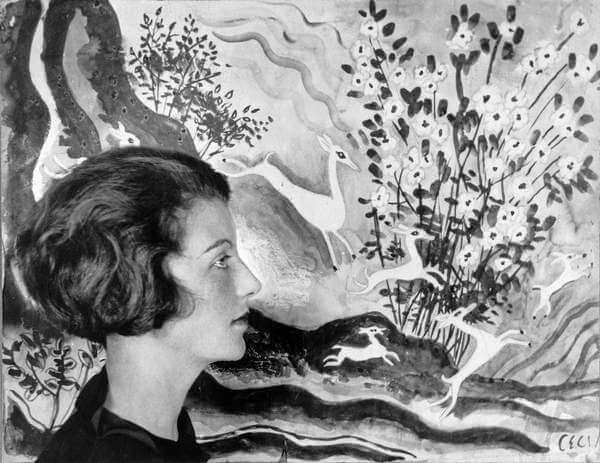In this week’s ‘artist in focus’, we’ll be looking at British artist Eileen Agar to coincide with the Whitechapel Gallery’s exhibition Eileen Agar: Angel of Anarchy, on now through 29 August. The largest exhibition to date of Agar’s work, it features paintings, assemblages, and 50 never-before-seen photographs printed from the Tate’s archive of some 1000 photographic negatives. Agar remains less well known than other female surrealists, such as Dorothea Tanning and Leonora Carrington, in part because her work is so hard to pin down and categorise. She mixed figurative elements with abstract ones, and collage with sculpture, seeking to entertain and challenge rather than to conform to any single style.
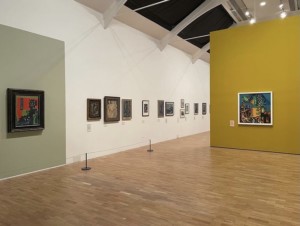

Installation view, Eileen Agar: Angel of Anarchy at Whitechapel Gallery, London
After graduating from the Slade School of Fine Art in London in 1926, Agar moved to Paris where she soon struck up a friendship with leading figures in Surrealism André Breton and Paul Éluard. Her collaboration with Paul Nash led him to recommend her work to Roland Penrose and Herbert Read, organisers of the 1936 International Surrealist Exhibition at the New Burlington Galleries in London, making Agar the only female British artist included in the show. Agar would go on to exhibit in Surrealist exhibitions in Amsterdam, New York, Paris and Tokyo.
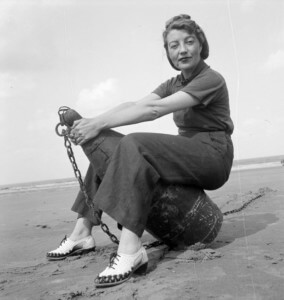

Eileen Agar sitting on a buoy on the beach, September 1938, photograph by Joseph Bard, Tate Archive
Dickinson was delighted to negotiate the sale of Agar’s Seated Figure (Seated Sphinx) (1956) to the Museum Boijmans van Beuningen in Rotterdam where it now forms part of that museum’s excellent Surrealist collection. A large-scale kaleidoscope of form and colour, Seated Figure is an important example of Agar’s unique adaptation of the Surrealist aesthetic. As Agar observed: ‘One must hunger for a new colour, new shapes and new possibilities of discovery. The twentieth century has begun to realise that most of life’s meaning is lost without the spirit of play […] To play is to yield oneself to a kind of magic.’
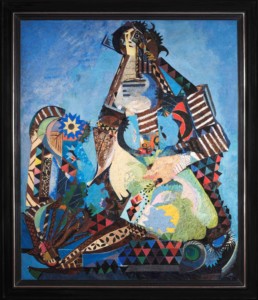

E. Agar, Seated Figure (Seated Sphinx), 1956, oil on canvas. Sold by Dickinson to the Museum Boijmans van Beuningen, Rotterdam
By the 1950s, when Seated Figure was conceived, Agar’s style was beginning to broaden out to incorporate Tachist elements within her style. Seated Figure was included in Agar’s first retrospective exhibition in 1971, held at the Commonwealth Institute, London and accompanied by a catalogue foreword by Penrose. He writes: ‘at first sight we are at once willing to yield to the brilliance and to the gaiety of her [Agar’s] visual poetry. For many years I have been enchanted.’
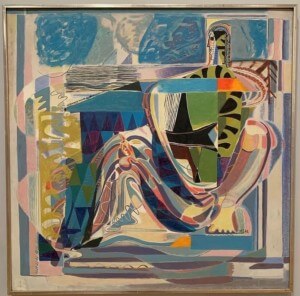

E. Agar, Muse of Construction, 1939, oil on canvas. Included in Whitechapel Gallery’s Eileen Agar: Angel of Anarchy


